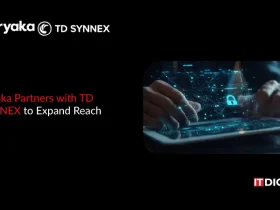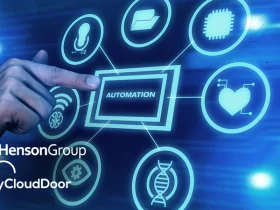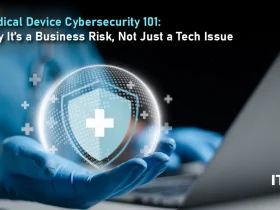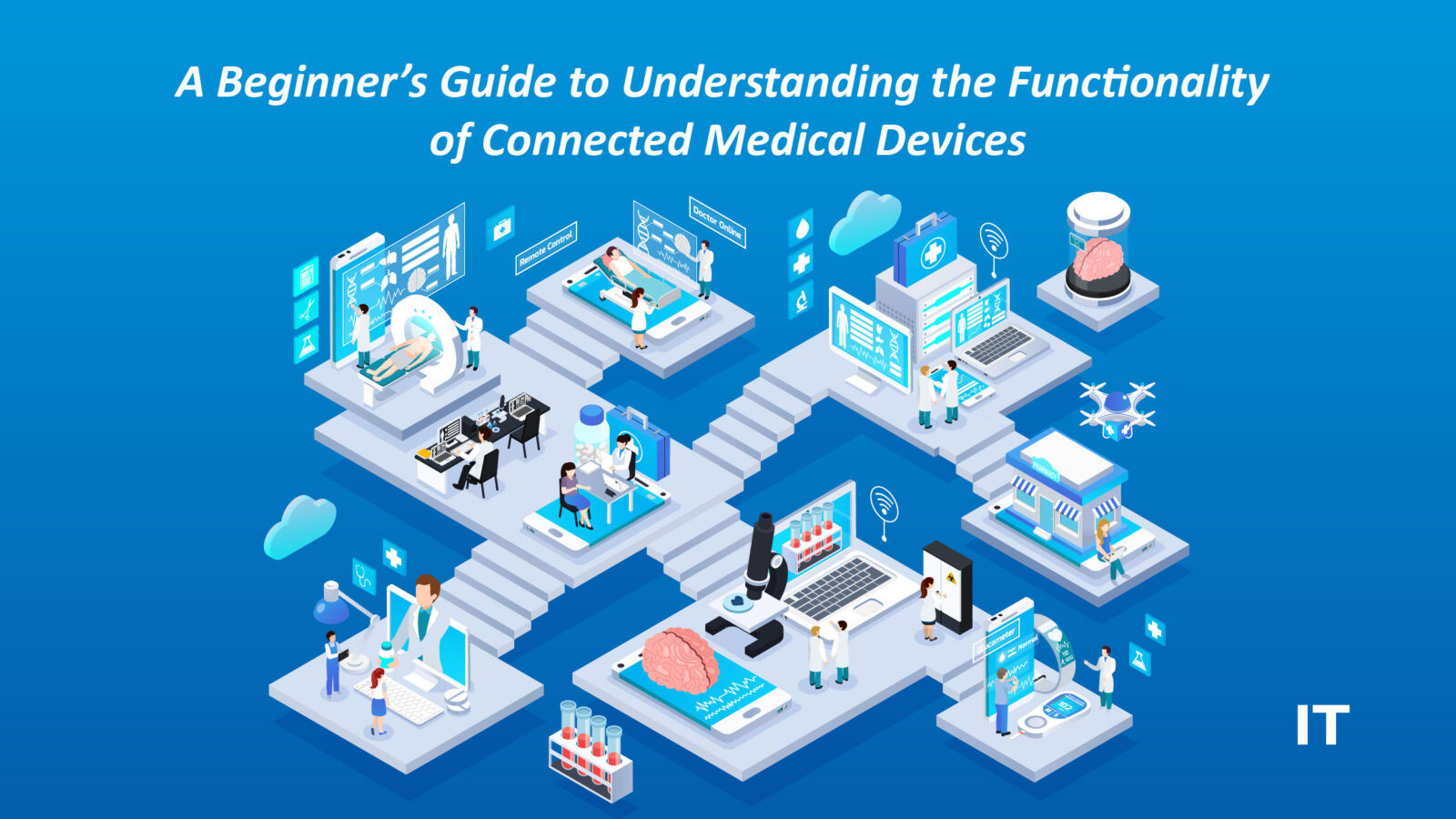Now and then a technological advancement or innovation sweeps the medical industry, transforming it for the better. With the increasing integration of connected technology into our daily routines, the surge in health-connected devices and the expansion of connected medical devices are natural progressions. In the next ten years, a big increase is expected in connected medical devices. This shows a trend where healthcare providers use more connected health solutions to improve patient care. Without further delay, let’s dig deeper into the topic.
What are Connected Medical Devices?
Connected medical devices are healthcare tools that can link to the internet using technologies like Bluetooth, WiFi, or radio transmission. These devices go beyond their primary functions of diagnosing, treating, preventing, or curing diseases, as they possess digital capabilities enabling integration with various networks and systems. Examples of these devices include clinician monitored wearable fitness trackers, imaging machines, and automated drug delivery devices, all of which fall under the category of connected health devices.
The demand for these medical devices is rapidly growing as they become more widely used in the healthcare industry. When compared globally, the United States generated the highest revenue in the field of medical devices, amounting to $164.10 billion in 2023. Notably, the network connected medical devices market worldwide is expected to garner a valuation of about $50.44 billion by 2028. These statistics are indicative of the robust growth of the industry in the coming years.
Examples of Cloud-Connected Medical Devices
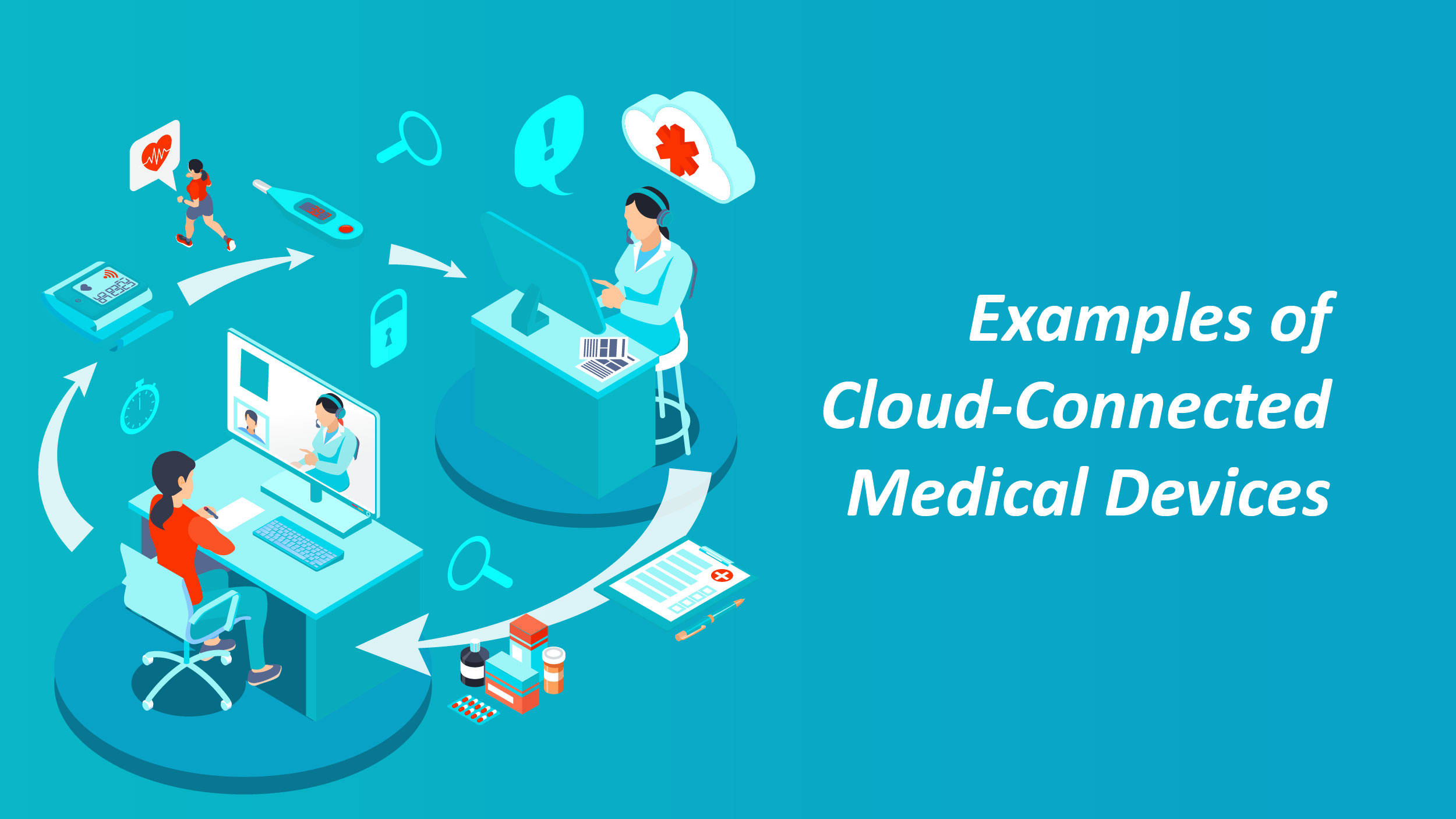 Cloud-connected medical devices have transformed the healthcare industry by facilitating the smooth transfer and analysis of crucial medical information. Here are several instances of such devices:
Cloud-connected medical devices have transformed the healthcare industry by facilitating the smooth transfer and analysis of crucial medical information. Here are several instances of such devices:
- Insulin Pump: Individuals managing diabetes utilize insulin pumps to deliver a continuous supply of insulin. These pumps can gather patient data and send it to a cloud server for thorough analysis and monitoring.
- ECG Patch: A wearable ECG patch continually monitors a patient’s heart activity, collecting data transmitted to the cloud for analysis and interpretation. iRhythm Technologies has launched its next-generation ECG monitoring patch in the United States which is devised to improve the cardiac monitoring experience for both patients and healthcare providers.
- Sleep Apnea Devices: Devices for sleep apnea, such as continuous positive airway pressure (CPAP) machines, can be connected to the cloud. These devices compile sleep patterns and treatment adherence data, storing and analyzing the information in the cloud.
- Remote Patient Monitoring Devices: Devices for remote patient monitoring, like wearable sensors or smartwatches, collect diverse health data, including heart rate, blood pressure, and activity levels. The transmitted data enables real-time monitoring and analysis in the cloud.
- Medical Imaging Systems: Cloud connectivity finds application in medical imaging systems, such as magnetic resonance (MR) scanners. These systems store and process images in the cloud, granting healthcare professionals remote access for review.
- Smart Inhalers: Individuals with respiratory conditions, such as asthma or COPD, use smart inhalers to track medication usage. The collected data is transmitted to the cloud for monitoring and adherence tracking. For instance, Aseptika is a company that’s involved in the manufacturing of smart inhalers. In September 2023, Aseptika secured the UK Smart Award to pioneer the development of a Smart Inhaler Tracker tailored for individuals managing lung health conditions.
These examples illustrate the range of cloud-connected medical devices. The incorporation of cloud technology in healthcare holds the potential to enhance patient care, enable remote monitoring, and facilitate data-driven decision-making among healthcare professionals.
Also Read: Empowering Health: The Role of Remote Patient Monitoring
What are the Advantages of Connected Medical Devices?
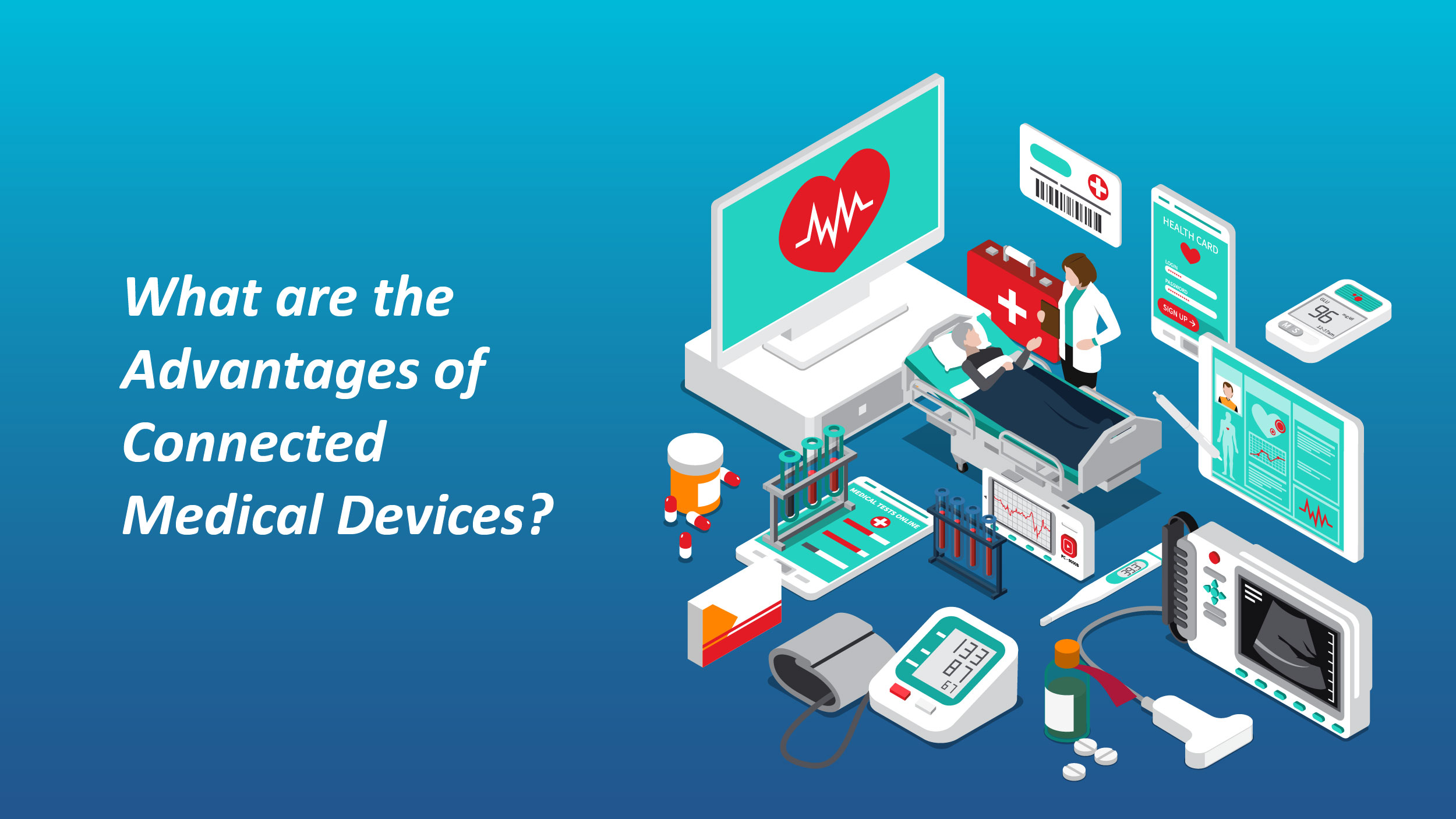 Connected medical devices and the Internet of Medical Things (IoMT) offer real-time patient monitoring, enhancing healthcare in both hospital and home settings. In hospitals, smart monitoring systems provide vital patient information to healthcare professionals, minimizing the need for constant room visits. Take-home health devices facilitate remote monitoring, potentially reducing follow-up visits. Additionally, the continuous and accurate data from connected devices enable more personalized care, allowing physicians to track therapy effectiveness and make informed adjustments. Furthermore, the IoMT enhances safety by predicting device malfunctions before serious issues occur, enabling early intervention and preventing large-scale outages or system failures.
Connected medical devices and the Internet of Medical Things (IoMT) offer real-time patient monitoring, enhancing healthcare in both hospital and home settings. In hospitals, smart monitoring systems provide vital patient information to healthcare professionals, minimizing the need for constant room visits. Take-home health devices facilitate remote monitoring, potentially reducing follow-up visits. Additionally, the continuous and accurate data from connected devices enable more personalized care, allowing physicians to track therapy effectiveness and make informed adjustments. Furthermore, the IoMT enhances safety by predicting device malfunctions before serious issues occur, enabling early intervention and preventing large-scale outages or system failures.
Challenges of Connected Medical Devices
Below are the challenges encountered by medical devices with connectivity:
- Privacy and Security Concerns:
- Collection and transmission of sensitive health information pose risks of data breaches.
- The potential for unauthorized access to patient data raises privacy concerns.
- Accuracy and Reliability Issues:
- Proper calibration is crucial for accurate readings.
- Incorrect calibration can lead to incorrect treatment plans or diagnoses.
- Human error and non-compliance with devices’ IFU (Instructions For Use) may result in inconsistent or incomplete data.
- Interoperability Challenges:
- Diverse manufacturers create difficulties in ensuring seamless communication between devices and healthcare systems.
- Increasing market variety in connected health devices may introduce gaps in existing healthcare operations.
- Cost Barriers:
- High prices of connected health devices pose a barrier to entry for some patients.
- Patients without insurance or limited financial resources may face challenges getting access to superior care compared to those with connected health devices.
Winding Up
Connected medical devices have ushered in a new era of healthcare by seamlessly integrating cloud technology with medical devices. This integration has revolutionized data collection, analysis, and utilization, empowering healthcare professionals to make informed decisions and improving patient outcomes. Real-time access to patient data, remote monitoring capabilities, and personalized healthcare enabled by medical devices hold immense potential for transforming healthcare delivery. However, it is crucial to address privacy and security concerns to ensure the protection of sensitive medical information. With continued advancements and a focus on innovation, medical devices have the power to reshape healthcare, making it more personalized, accessible, and efficient for the benefit of patients worldwide.









